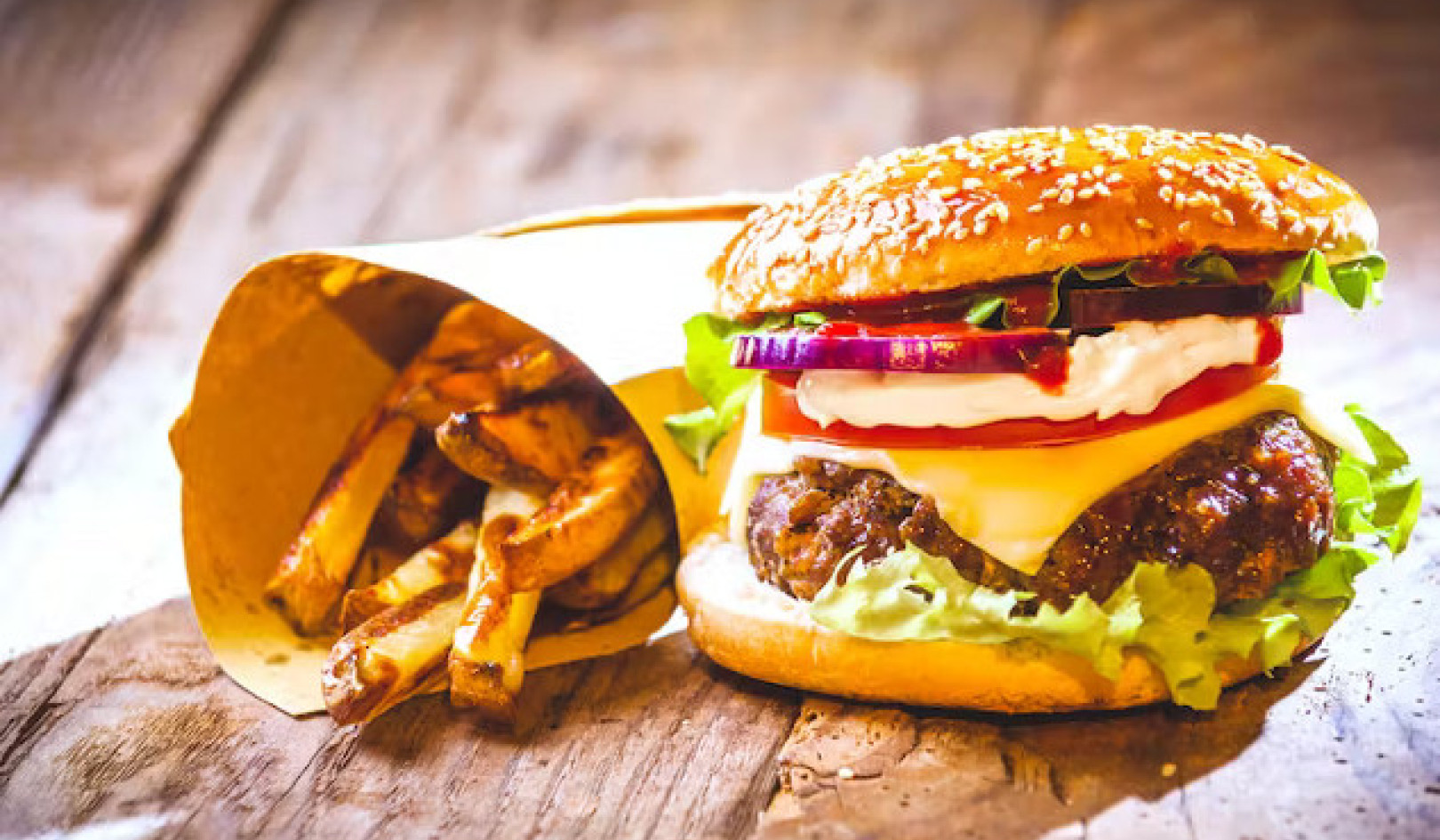
The question of whether to eat fish while pregnant has long been a slippery one. On the one hand, expecting mothers are told that eating fish regularly is good for fetal brain development. And on the other, they’re warned that fish contain mercury, which can cause birth defects.
Sushi’s obviously out (both bacteria and mercury are an issue), but what about canned tuna and fish sticks? Are shrimp considered fish? Mmm … shrimp.
Point is, there’s a lot of conflicting information out there. Not surprisingly, many pregnant women have decided to abandon fish altogether—and all the protein and omega-3s that come with it—rather than risk the byproducts. That’s why the Environmental Protection Agency and the Food and Drug Administration updated its recommendations this week.
In short, if I had to Michael Pollan-ize the agencies' new advice on eating fish, it would be: Eat fish, not too much, and only certain kinds. Easy, right?
Get The Latest By Email
1. Fish are nutritious and delicious!
Simply stated, the government says the benefits of eating fish outweigh the risks. The government recommends that pregnant women eat two to three servings a week. The same goes for small children, though their portions should obviously coincide with their age and size.
2. Some fish are better than others.
Shoppers should choose fish that are low in mercury and methylmercury. These include, but are not limited to: salmon, shrimp, Pollock, light canned tuna, tilapia, catfish, and cod. Swedish fish are safe on the mercury front, too, but they’re not such a great source of Omega-3s (and make for hefty dental bills).
Unfortunately, the fed's advice doesn't come with any requirements for fishmongers and supermarkets to label their catch-of-the-days with mercury content. That means it’s up to consumers to research and remember what species are safe to eat. You can start by printing out this card and keeping it in your wallet or purse. And for more low-mercury meal options, check out this in-depth fish list from the Natural Resources Defense Council (which publishes OnEarth).
3. Some fish are extra dangerous.
There’s calculated risk and then there’s just being stupid. Certain species of fish are so chockfull of mercury, the FDA and EPA advise avoiding them altogether. These include tilefish from the Gulf of Mexico, swordfish, king mackerel, and shark. And pregnant or not, you shouldn’t be eating that last one anyway. Sharks have enough problems already.
4. “Local” doesn’t always mean “healthy.”
Catching your dinner out of a local stream seems like it would be a step in the right direction. So simple. So natural. So local. But these aren’t simple times. Do you know what lies upstream? Do you know what gets washed or dumped into it? (Polluters aren’t always forthcoming with that information.)
So before eating anything you catch yourself, it’s best practice to check to see if those waterbodies have any active fish advisories. And if your po-dunk neck of the woods doesn’t do “fish advisories,” play it safe and eat no more than six ounces of such fish a week. (For kids, that would be 1 to 3 ounces of locally caught fish and then no other kinds of fish for the rest of the week.)
5. Don’t be a pig about it!
The FDA and EPA would like to be clear that this is not a free pass for pregnant women to gorge themselves on shrimp cocktail. (By the way, there are other reasons you may want to forgo shrimp.)
“When adding more fish to your diet,” reads the update, “be sure to stay within your calorie needs.” As with almost all nutritional advice, moderation, moderation, moderation …
This article originally appeared on OnEarth
 About The Author
About The Author
Jason Bittel contributes to Slate and serves up science for picky eaters on his website, Bittel Me This. He lives in Pittsburgh with his wife and two tiny wolves. (Note: wolves may be Pomeranians.)
Recommended book:
The World Is Blue: How Our Fate and the Ocean's Are One
by Sylvia Earle.
 This book tie-in to National Geographic's ambitious 5-year ocean initiative—focusing on overfishing—is written in National Geographic Explorer-in-Residence Sylvia Earle's accessible yet hard-hitting voice. Through compelling personal stories she puts the current and future peril of the ocean and the life it supports in perspective for a wide public audience.
This book tie-in to National Geographic's ambitious 5-year ocean initiative—focusing on overfishing—is written in National Geographic Explorer-in-Residence Sylvia Earle's accessible yet hard-hitting voice. Through compelling personal stories she puts the current and future peril of the ocean and the life it supports in perspective for a wide public audience.
Click here for more info and/or to order this book on Amazon.







